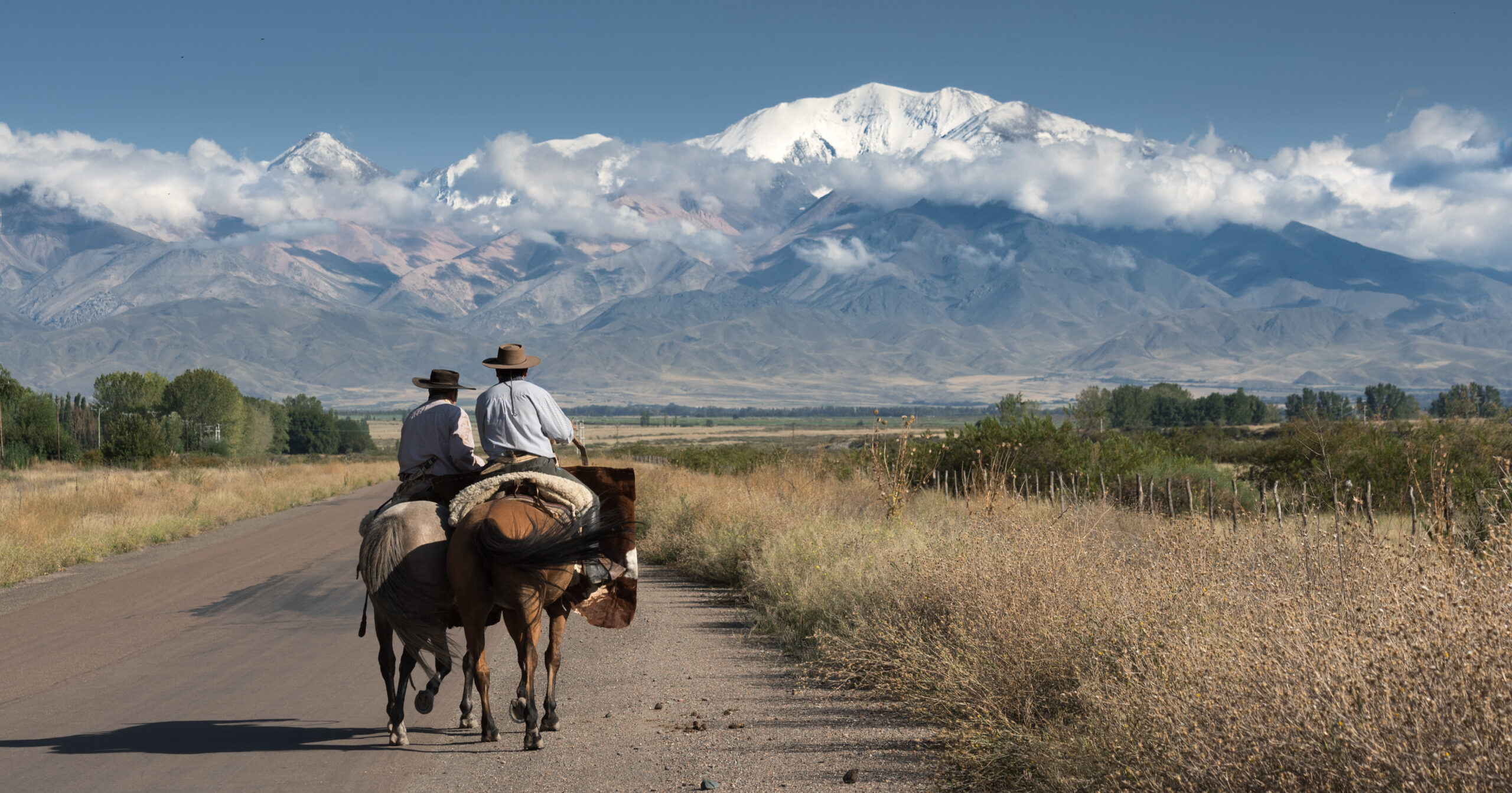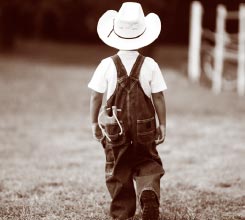Rules of the Road When Passing Horseback Parties and Livestock

An issue that is important for all drivers of any vehicle on Montana roads, particularly on more private county roads that connect ranches and pastures in this great state, is how to safely and with courtesy, approach horse-back riders and livestock sharing these same roads.
I ride our roads periodically and am often astonished with the lack of either courtesy or knowledge of the potential for a major incident involving either riders or livestock by drivers in general. As I planned this article, I searched for a specific Montana highway law addressing this subject and have not found one to date. I did find this quotation of Rule 214 published in the UK:
“When passing animals, drive slowly. Give them plenty of room and prepare to stop. Do not scare animals by sounding your horn, revving your engine, or accelerating rapidly once you have passed them. Look out for animals being led, driven, or ridden on the road and take extra care. Keep your speed down at bends and on narrow country roads. If a road is blocked by a herd of animals, stop, and switch off your engine until they have left the road. Watch out for animals on unfenced roads.”
When approaching a horse back rider in a vehicle, it is important to understand that the horse is a flight animal by nature and that a driver can never assume that the rider of the horse is competent or that the horse has been properly schooled to react without fear to an approaching vehicle, particularly one approaching at a high speed. A frightened horse can respond in numerous ways that could and often does result in the rider being thrown and injured, or worst case, jumping into the path of the approaching vehicle, which can and does result in death or serious injury to the rider, the horse or the occupants of the vehicle. When approaching a horseback rider slow your vehicle down to no more than 15 miles per hour and never honk your horn or create any unusual noises.
When approaching livestock, particularly livestock being moved on a rural Montana road, stop your vehicle and turn off your engine until the livestock has passed if the herd is approaching you and do not attempt to pass livestock moving away from you until signaled to do so by the individuals in charge of the herd. The herders will signal where in the road it is safe to pass, if at all. Herders that are horseback and the livestock are all subject to injure themselves or you and your car or both. It is common for ranchers and farmers to move their livestock from between pastures on our Montana rural roads, so treat them with courtesy and respect for the safety of all.
Rod Freeman



